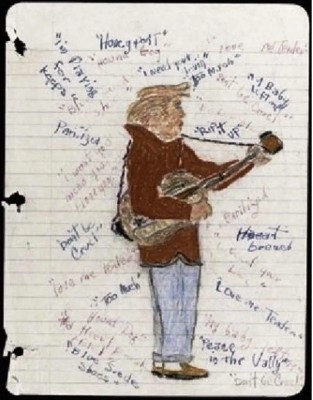Let Them Eat Grass: The Story Behind the U.S.-Dakota War of 1862 in Minnesota
In the sweltering summer of 1862, southwest Minnesota became a tinderbox of desperation and broken promises. The Civil War had drained the federal government’s resources, leaving the region's Indian tribes in a dire situation. The Sioux, who had been forced onto reservations with the promise of regular payments and food, found themselves facing starvation as these promises went unfulfilled.
The Unforgivable Insult That Ignited the Dakota War of 1862
The tipping point came when the Sioux approached Andrew Myrick, the owner of a local general store, hoping to buy food on credit. Myrick's callous response would go down in history as one of the most provocative statements ever made: "So far as I am concerned, if they are hungry let them eat grass or their own dung."
This cruel dismissal is widely seen as the spark that ignited the Dakota War of 1862, a brutal and bloody conflict that left a deep scar on Minnesota's history. In the violence that ensued, up to 800 white settlers lost their lives, and the conflict culminated in the largest mass execution in U.S. history, where 38 Dakota men were hanged in Mankato, Minnesota.
Ironically, Andrew Myrick was among the first casualties of the uprising. His body was discovered on August 18, 1862, with a grim symbol of retribution—his mouth stuffed with grass.
The Dakota War remains a sobering reminder of the catastrophic consequences of broken treaties and the importance of understanding and respecting all people, regardless of their background. Myrick's infamous words, and their tragic aftermath, continue to resonate as a powerful lesson in the destructive potential of arrogance and indifference.
Get Free Gifts & Best Stories!
Join our newsletter to get our top stories of the month and free merch.
- 📚 Cool Stories: Read stories you won’t find in textbooks.
- 🎁 Free Gifts: Get exclusive stickers, t-shirts, and more!
Only 1 email a month. No spam, we promise!

